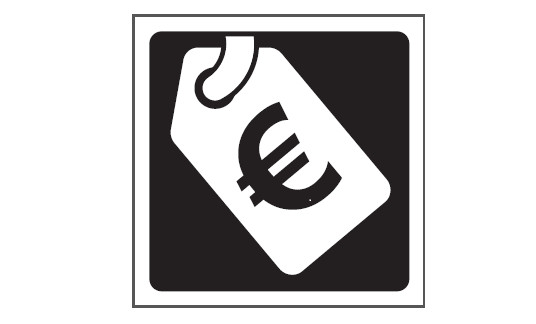Marketing must be readily recognisable, and advertisements must be distinguishable from audiovisual and radio programmes. The duration and insertion of advertising sports are also governed by law. Traficom supervises marketing on television and radio, and in video-on-demand services.
Television and radio programme operators must comply with the provisions laid down in the Act on Electronic Communications Services (External link)
Marketing can take the form of:
- advertising
- teleshopping
- sponsorship
- product placement.
The purpose of chapter 26 in the Act on Electronic Communications Services is to ensure the integrity of programmes and to keep commercial contents separate from other programme contents.
Advertising
Advertising refers to any announcements or messages that are broadcast on television or radio usually in return for payment or some other consideration. Advertising:
- does not include sponsorship and product placement;
- aims to promote the sales of the advertiser's goods or the its name or trademark of an advertiser engaged in business.
Advertising must be made distinguishable from other programmes with visual, auditory or spatial means, such as tunes and visual signals, including the division of screen space. Surreptitious advertising is prohibited.
The Act on Electronic Communications Services regulates the duration of advertising and teleshopping spots and how and when they can be inserted in television and radio programmes.
Provisions on ethics in advertising and the protection of minors are supervised by the Consumer Ombudsman (External link).
Sponsorship
Sponsorship means any financing or other economic support of programmes with a view to promoting the product sales of the sponsor or its reputation.
Sponsored programmes must be clearly identified by showing the sponsor's name or logo at the beginning or end of the programmes.
Sponsored programmes must not encourage the audience to buy the sponsor's products or services.
Product placement
Product placement means including a product, service or trademark in an audiovisual programme in return for some form of consideration. Product placement is allowed in programmes other than news and current affairs programmes, consumer affairs programmes, religious programmes and children’s programmes.
Viewers must be clearly informed that a programme contains product placement. This can be done by showing a text stating that the programme contains product placement or a product placement logo used by all broadcasters.
The four largest commercial TV broadcasters in Finland (Sanoma, MTV, Discovery and Fox/Disney) have introduced a common icon for product placement.

Information about product placement must be shown at the start and end of the audiovisual programme and after each advertising break. This information must not take the form of advertising.
Traficom supervises marketing on radio and TV
Traficom monitors the duration and insertion of advertising spots and how distinguishable marketing is from other content. Traficom is also engaged in active dialogue on the rules and principles of marketing with other players in the field.